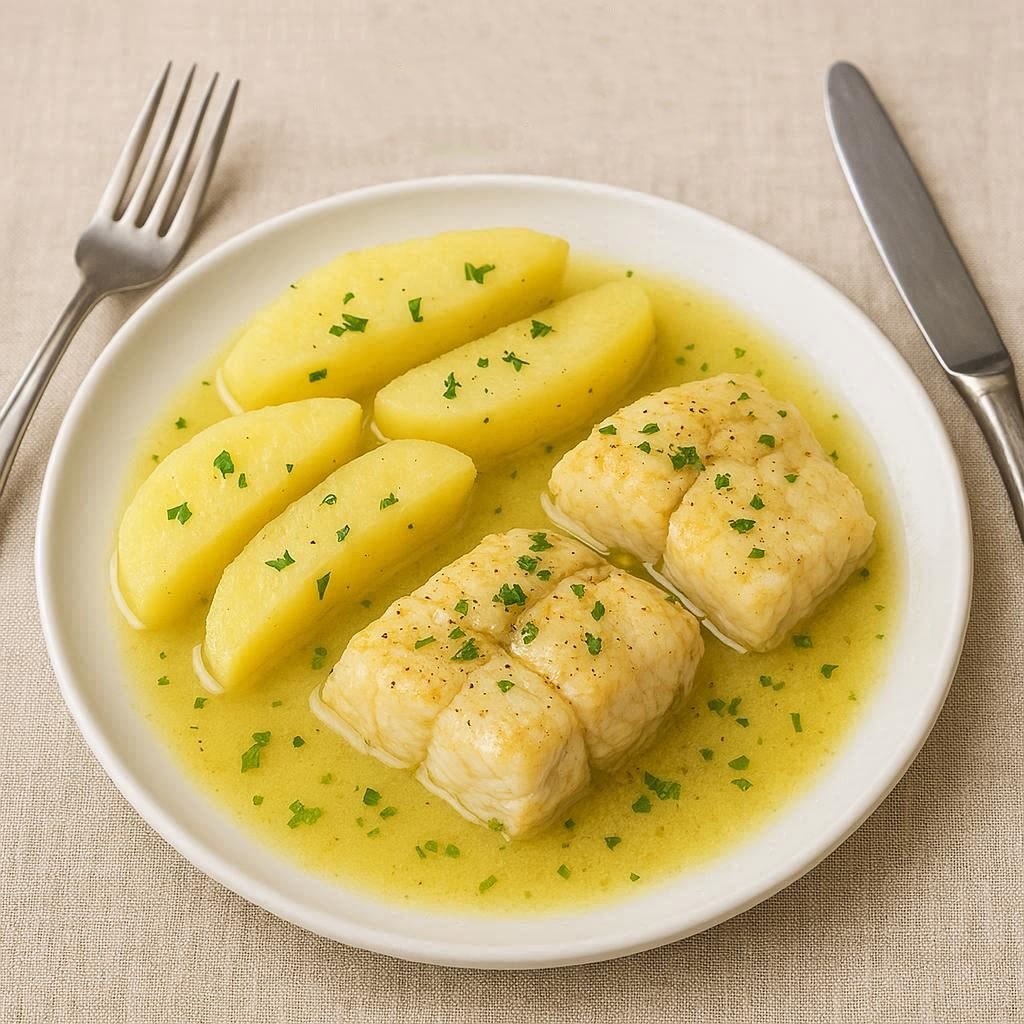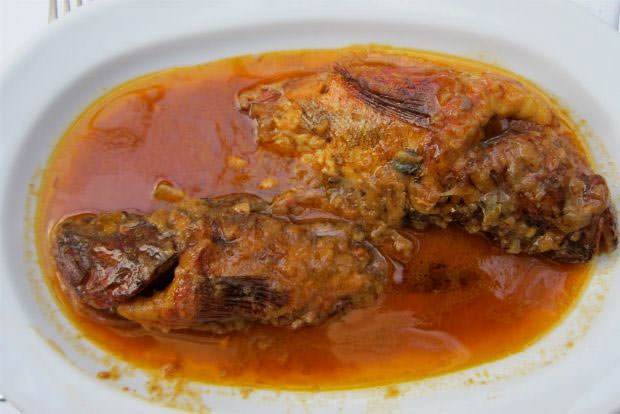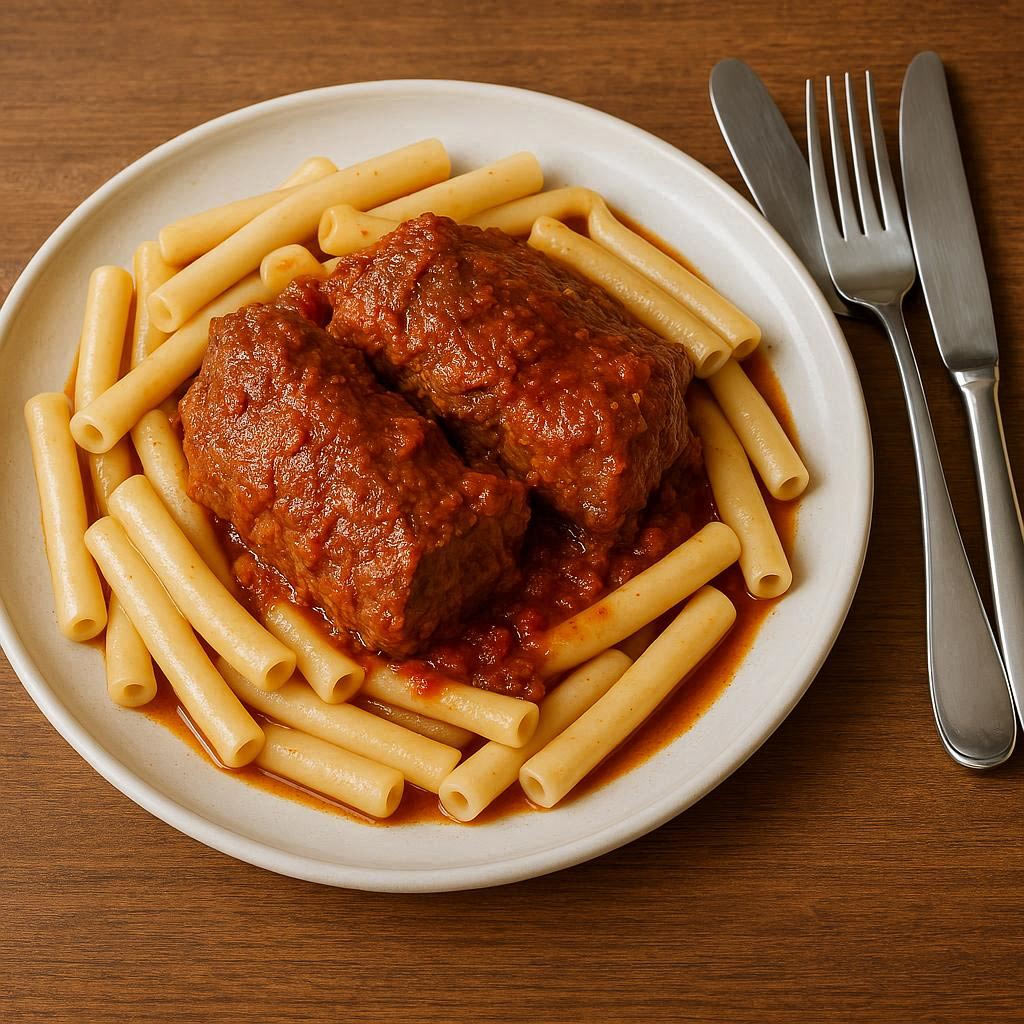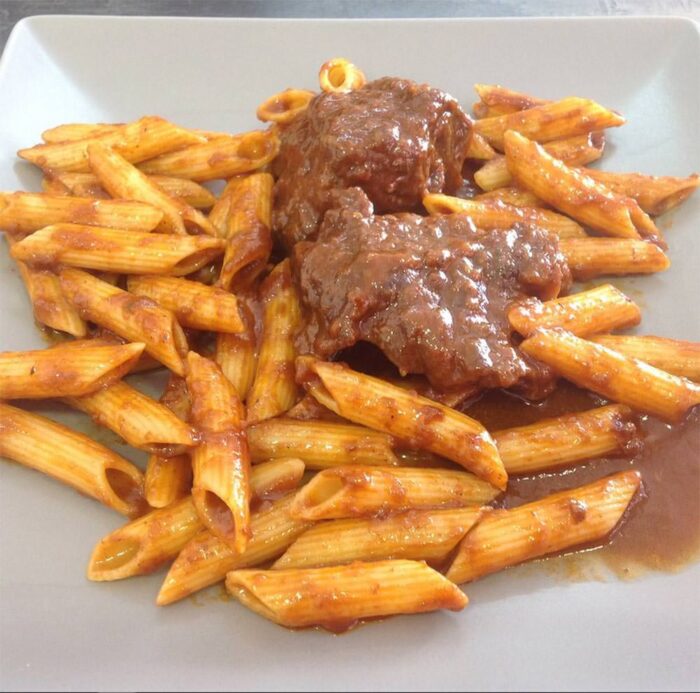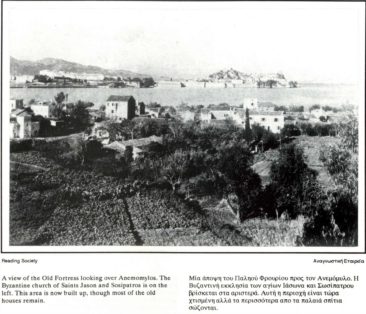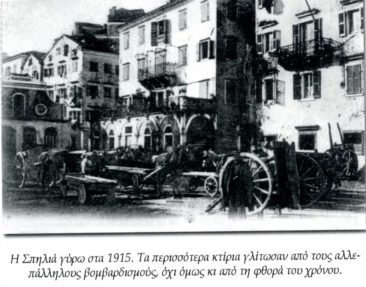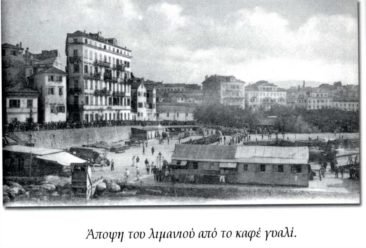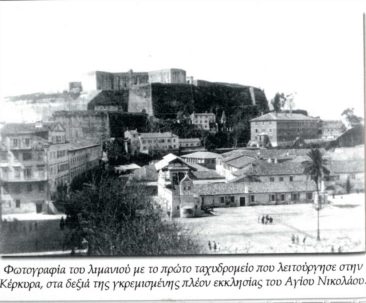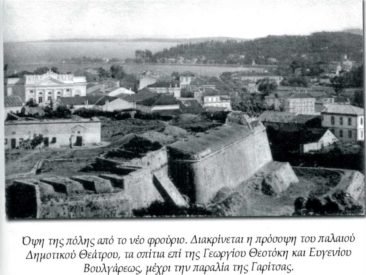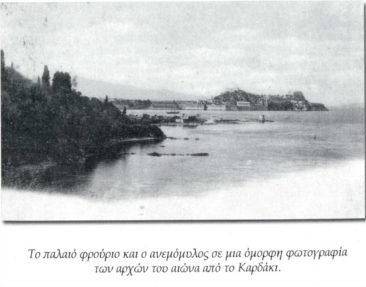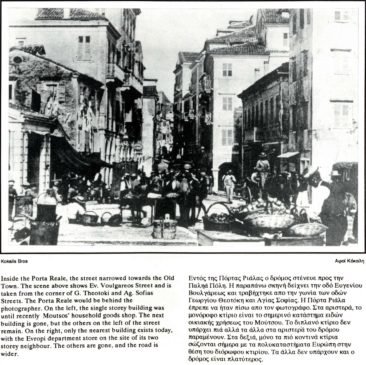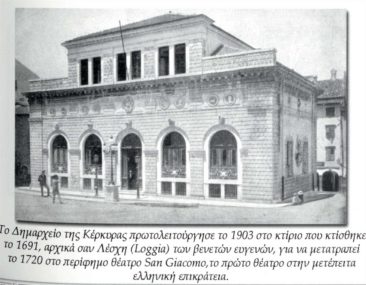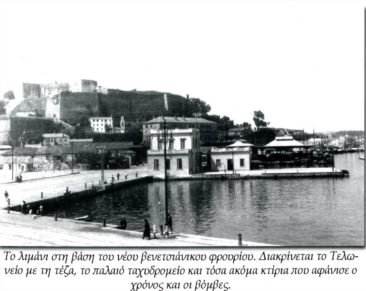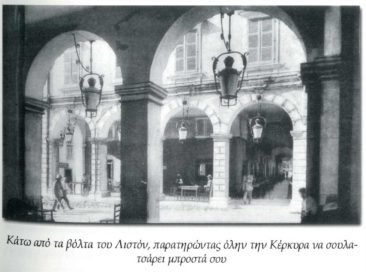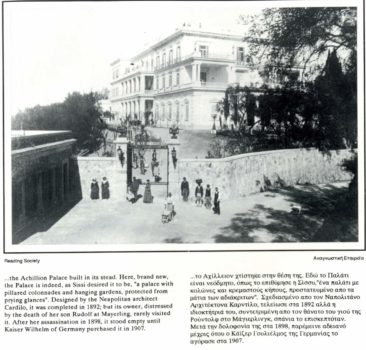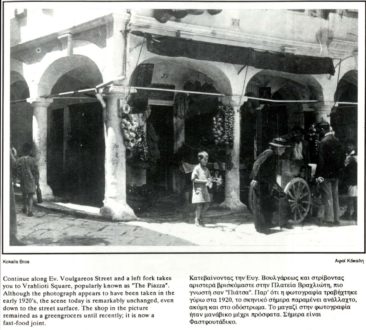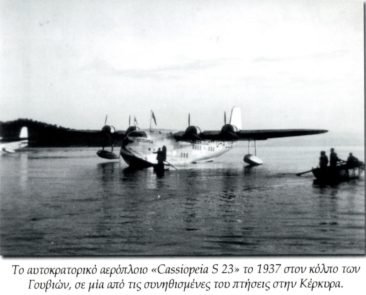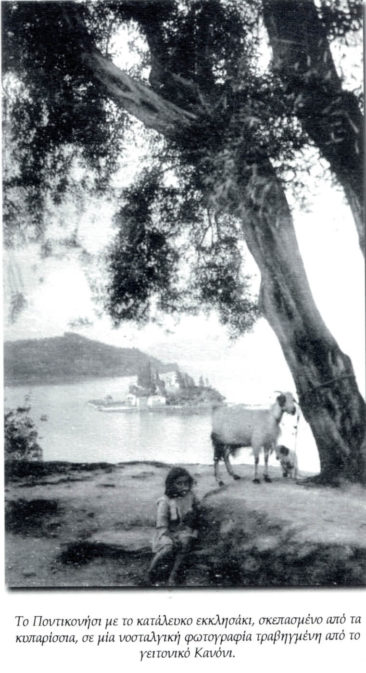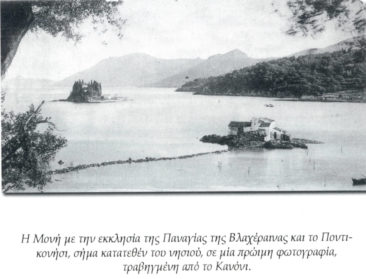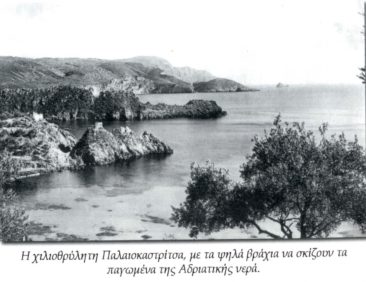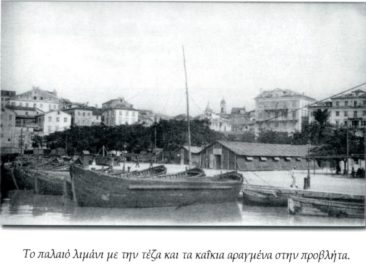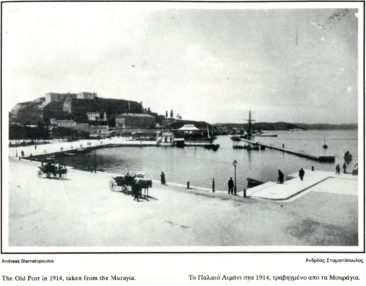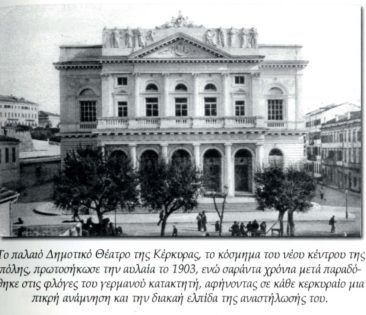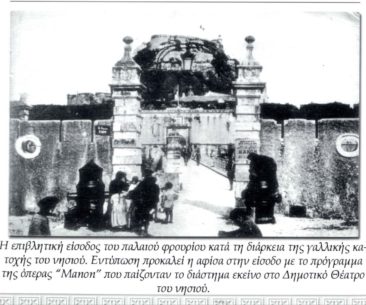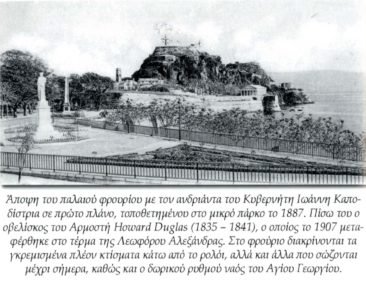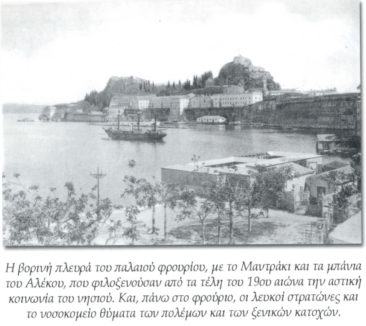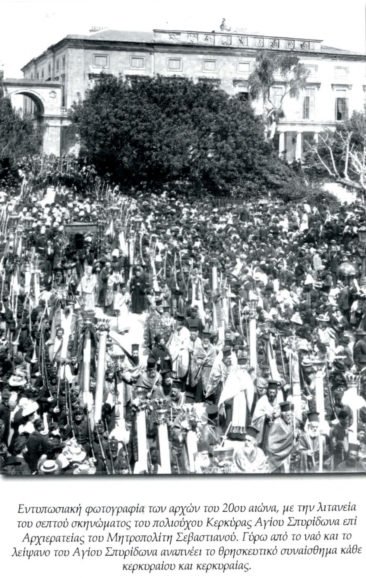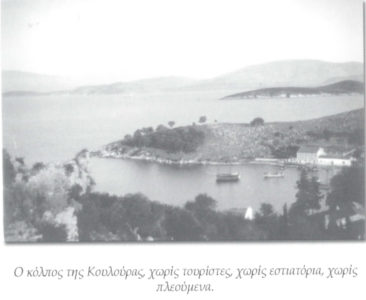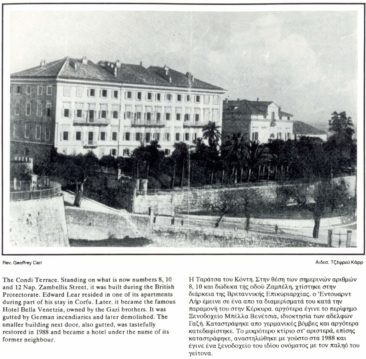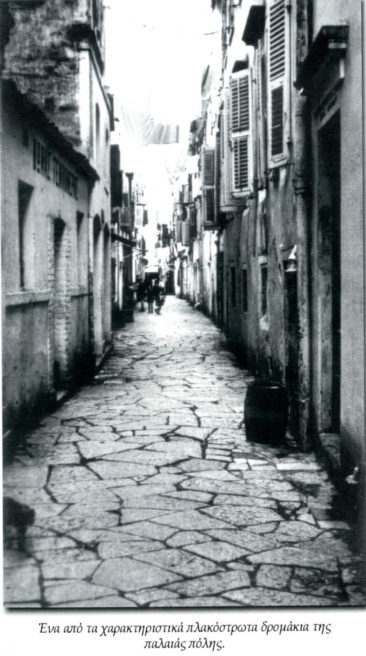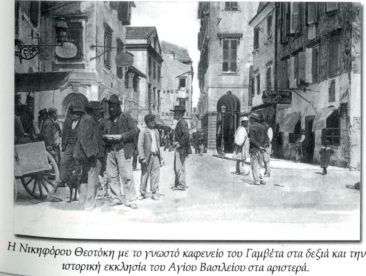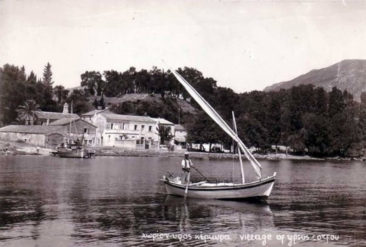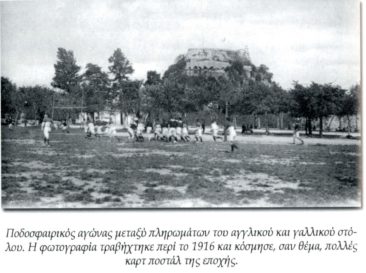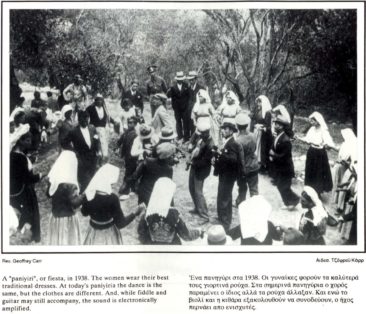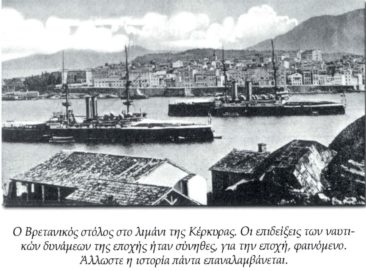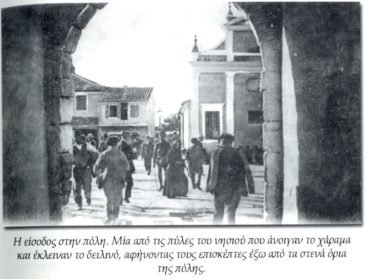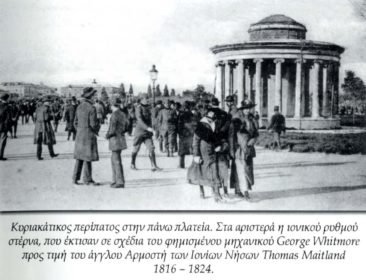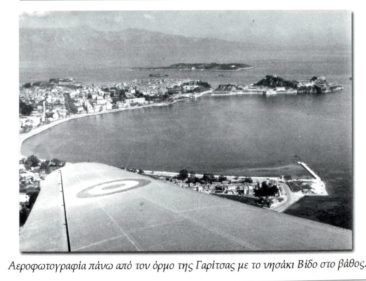Bianco – Traditional Corfu Fish Recipe
Bianco (Italian for “white”) is one of the most iconic dishes of Corfu.
Unlike other Mediterranean fish stews, Bianco is cooked without tomato, giving it a light color and delicate flavor.
It is a simple yet deeply satisfying dish, made with fish, potatoes, garlic, olive oil, and lemon – ingredients that reflect Corfu’s Venetian past and the island’s love of the sea.
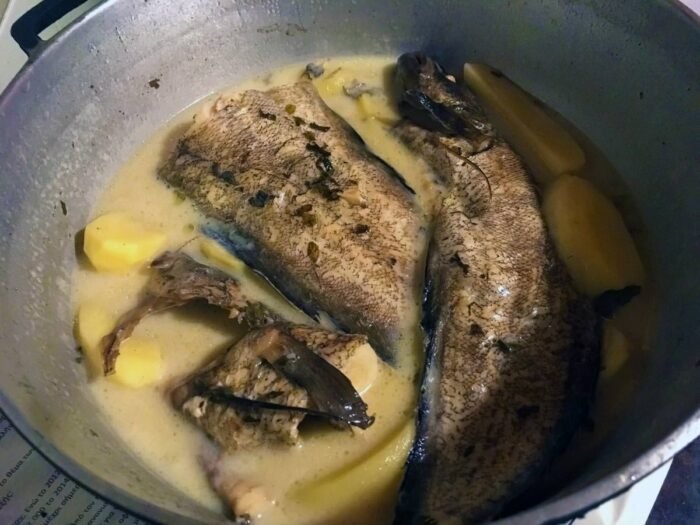

Bianco – a Corfiot favorite
This is a simple and quick recipe (ready in about 40–45 minutes), the same style served at traditional tavernas such as Klimataria in Benitses, Corfu.
Ingredients (serves 4)
- 4 medium-sized fresh fish (cod is a popular choice, but other white fish work well)
- 3 potatoes, sliced into rounds
- 4 garlic cloves, whole or lightly crushed
- 100 ml fresh lemon juice (about half a glass)
- 100 ml extra virgin olive oil
- Black pepper to taste
- Salt, if the fish is not already salted
Instructions
- In a wide pot, heat the olive oil with 2 glasses of water, garlic, and half a teaspoon of sweet pepper.
- Add the potatoes and fish, making sure they are covered with liquid. Add more water if necessary.
- Season lightly with salt (only if the fish isn’t salted).
- Simmer on medium heat until the potatoes are tender and the fish has released its juices, creating a flavorful broth. The dish should not be watery.
- Adjust seasoning with black pepper, then stir in the lemon juice.
- Remove from the heat, cover the pot, and let it rest for 2 minutes before serving.
Serving Suggestions
- Serve Bianco hot with fresh crusty bread to soak up the lemony sauce.
- A crisp white wine from Corfu pairs beautifully with this dish.
- Traditionally enjoyed as a family meal, Bianco is perfect for a light but comforting lunch or dinner.
Tips & Variations
- Fish choice: Cod, anchovies, or other white fish are excellent. Avoid oily fish like sardines.
- Potatoes: Thin slices cook faster, while thicker ones give the dish more body.
- Lemon balance: Add the juice at the end to keep the flavors fresh and tangy.
- Extra flavor: A bay leaf or a pinch of chili can be added for a twist, though the classic Bianco remains very simple.
Frequently Asked Questions
Why is it called Bianco?
The name comes from the Italian word for “white,” as the dish is cooked without tomato, unlike most Mediterranean fish stews.
What fish works best for Bianco?
Any firm white fish such as cod, sea bass, or scorpionfish. The key is freshness.
Is Bianco a soup?
Not exactly – although it has broth, it’s more of a light fish stew with potatoes and lemon sauce.
Discover more authentic Corfiot recipes in our Corfu Cuisine hub.


